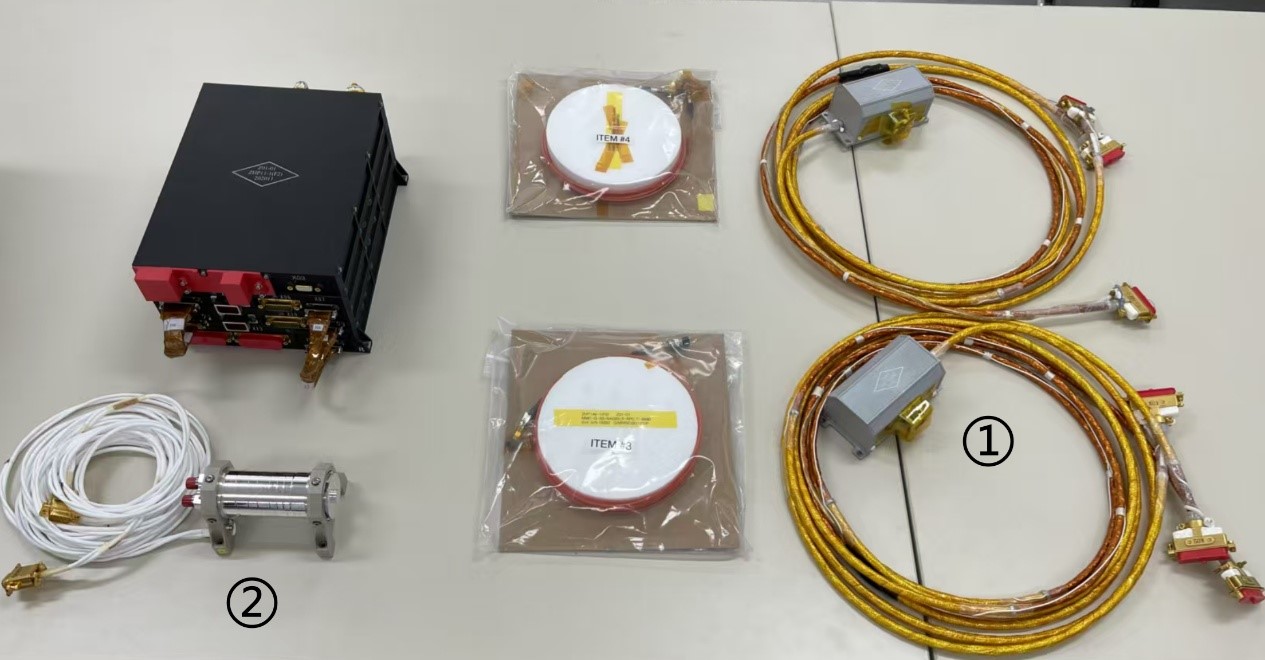NSSC’s High-Precision Magnetometer Successfully Launched Aboard China Seismo-Electromagnetic Satellite (CSES-02)
At 15:56 on June 14 (Beijing Time), the Long March 2D rocket lifted off from the Jiuquan Satellite Launch Center, successfully deploying the second satellite of China Seismo-Electromagnetic Satellite mission (CSES, also known as Zhangheng-1) into its designated orbit. As China’s first operational satellite for geophysical field detection, CSES-02 carries the High-Precision Magnetometer (HPM), a key payload designed to measure Earth’s magnetic field—one of the mission’s primary scientific objectives. The HPM was activated in orbit on June 18 and is functioning normally.
Developed by the National Space Science Center (NSSC) of Chinese Academy of Sciences, the HPM is China’s first high-precision vector magnetic field detection system, combining both vector and scalar magnetometers. It features two fluxgate vector magnetic field sensors and two scalar sensors based on the coherent population trapping (CPT) principle. Under the stewardship of Senior Engineer Zhou Bin from NSSC’s National Key Laboratory of Solar Activity and Space Weather, the research team has achieved breakthroughs in high-precision vector magnetic field detection with a large dynamic range, as well as in-orbit absolute vector magnetic field calibration. Notably, the team took the initiative to successfully implement quantum dark-state coupling technology for high-accuracy scalar magnetic field detection in space. With a dynamic range of ±70,000 nanoteslas (nT), the HPM demonstrates noise levels and post-calibration accuracy on par with the most advanced international magnetic field sensors.
The HPM’s predecessor is on board the CSES-01 experimental satellite, and has operated flawlessly in orbit for over seven years, continuously delivering high-quality magnetic field data. Its measurements have been validated through cross-calibration with the European Space Agency’s SWARM satellites, earning widespread recognition from the international scientific community. Notably, China’s first global geomagnetic field model, developed using HPM data, has been incorporated into the International Geomagnetic Reference Field (IGRF) system. The magnetometer’s cutting-edge technology has also been honored with the Second Prize of the Beijing Science and Technology Progress Award and the Second Prize of the Chinese Geophysical Society’s Science and Technology Progress Award.

① Fluxgate Magnetometer, developed by National Space Science Center, CAS
② Coupled Dark State Magnetometer, developed by Space Research Institute, Austria Academy of Sciences


